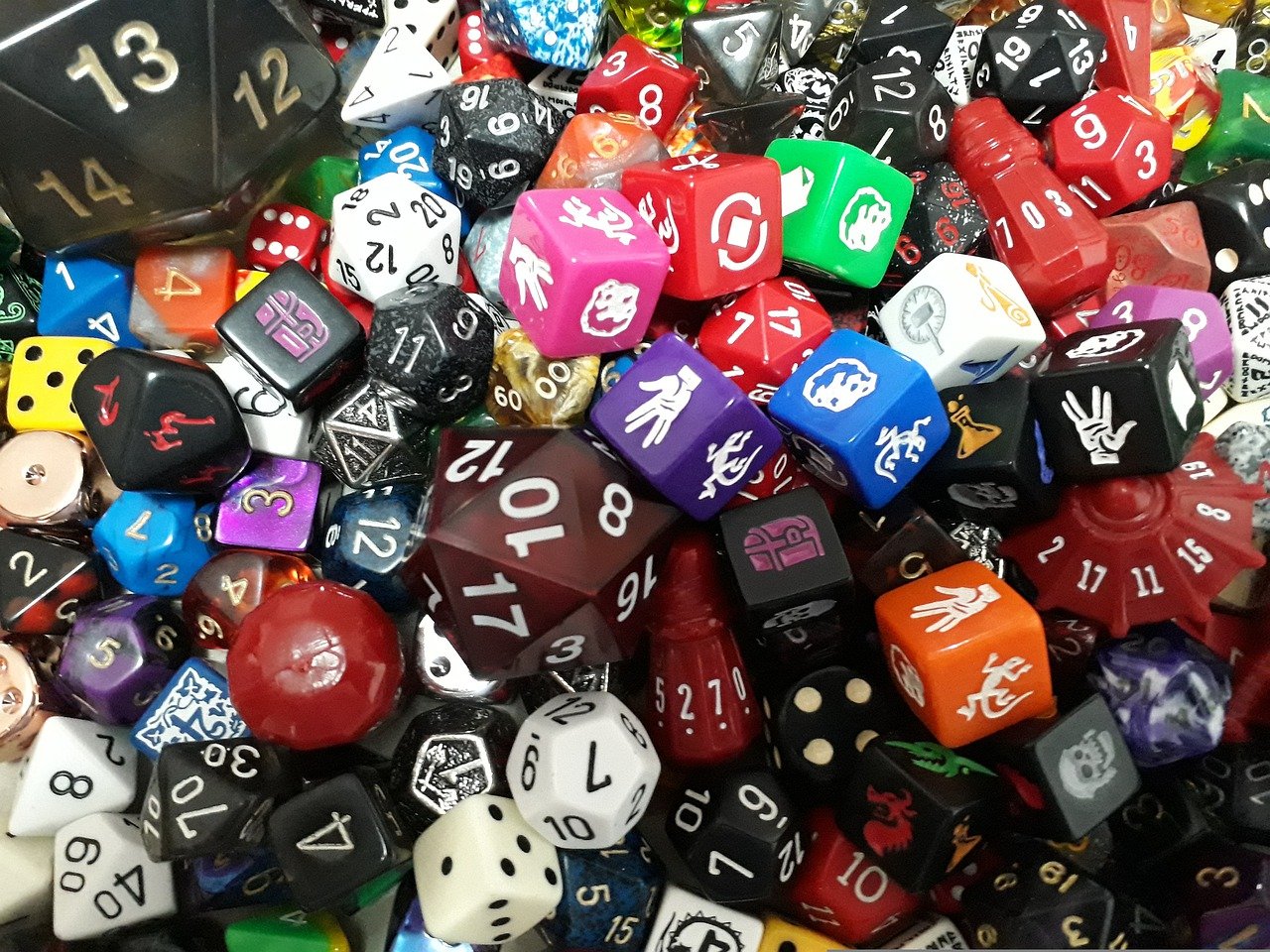The party sets up a move they’d planned in advance, everyone getting into position. You’re already there and take the ready action. But, what does that mean, exactly? How does it work in the broader context of combat, and what are you readying? We’ll answer all those questions and more below.
Table of Contents
What Is the Ready Action?
In essence, by readying an action, you are saying to the DM that you plan on taking an action this round, but you don’t want to do it on your turn. You’ll specify which action you’re readying and what the trigger is that will instigate your action. For example, if you ready an area-of-effect spell, the trigger might be “as soon as my allies get away from the baddie.”
Readying does take your entire action, even if you normally have two or more attacks per action. You can’t substitute a bonus action, your movement, or a single attack; it has to be your turn’s action. This tactic lets you perform your action outside of the established combat turn order by waiting for the opportune moment.
It’s important to remember that the trigger will consume your reaction. So, if you were planning on readying an action, and then you tripped and fell off the ledge, you have to choose between using your reaction to cast feather fall or waiting for your readied action to come into play. Conversely, if you readied the action, performed it, and then fell, you couldn’t cast feather fall as a reaction. That goes for attacks of opportunity, too.
However, there are some downsides to keep in mind. For one thing, you’re only readying an action, not your entire turn. That means things like movement and bonus action aren’t included. Additionally, if the trigger you specified doesn’t occur before your next turn, you lose the readied action. Using the prior example, if your allies are unable or unwilling to move out of range, you lose the readied spell.
On top of that, if you ready an attack for your action, you can only make a single attack, even if you have the Extra Attack feature. The text notes that you can make two (or more) attacks when you take an action on your turn to attack. Therefore, when you attack, and it isn’t your turn, you only get a single attack.
What Can You Ready?
You’ve got a lot of choices when you want to take the ready action. You can ready an attack, spell, interaction with an object, dash, or helping a friend.
Spellcasting Rules for the Ready Action
As noted above, you have to ready a spell that takes an action to cast. Spells that activate on a reaction or bonus action can’t be readied. Spellcasters have an extra risk with readying an action, though: losing the spell slot. If you take the ready action to prepare to cast fireball at 6th level when your friends get away from the enemy and they haven’t done so by your next turn, you lose one of your 6th-level spell slots even though you never technically cast the spell.
Another thing to consider is concentration. If you ready a spell that requires concentration and you take damage before your trigger happens, you’ll need to make a concentration check. Unfortunately, if you fail the check, you’ll lose concentration on the spell before you’ve had a chance to cast it and will need to mark off the spell slot anyway.
Frequently Asked Questions
Given what you now know about it, there are plenty of questions that people have about the ready action. It can be somewhat complex the first few times you use it because it disrupts the turn order, and you have to be responsible for watching for your specified trigger. We address some of the most popular ones below.
Does a Readied Action Disrupt Someone Else’s Turn?
In short, yes. If someone, (ally or enemy) satisfies your trigger before finishing their turn, you get to perform your ready action immediately in response, disrupting their turn. This can be a good thing or a bad thing, depending on the situation. Hopefully, it means that you get to interrupt and possibly stop the baddie from finishing whatever their nefarious plans for their turn were!
Can You Ready Movement?
Yes, by choosing dash as your ready action, you can move up to your speed when the trigger happens.
How Long Can You Ready an Action For?
As we stated above, you can only maintain your ready action for a single round of combat or approximately 6 seconds. If you circle back around to the beginning of your next turn and the specified trigger hasn’t happened yet, you lose the readied action.
Can You Ready Actions Outside of Combat?
Yes, although you don’t really need to use the mechanics explained here. If your party sets up an ambush or takes enemies by surprise, your DM will likely grant you a surprise round or allow you to have ready actions that occur before combat begins, but in the normal course of your adventuring day, you aren’t going to need to ready actions outside of combat very often.
Can You Stop Your Readied Action?
You can always decide not to go through with your readied action if additional complications arise in between when you declared it and the trigger happening. However, because the act of preparing the action took your action (and possibly your spell slot) you can’t get those back. You do get your reaction back to use for other purposes, though.
Typically, someone will choose to abandon a readied action if they need to use their reaction for something else, if combat ends before the trigger happens, or if battlefield circumstances change in such a way that the readied action is no longer a good idea. You might learn that the baddie is immune to fire damage, and suddenly, your readied fireball no longer seems prudent.


